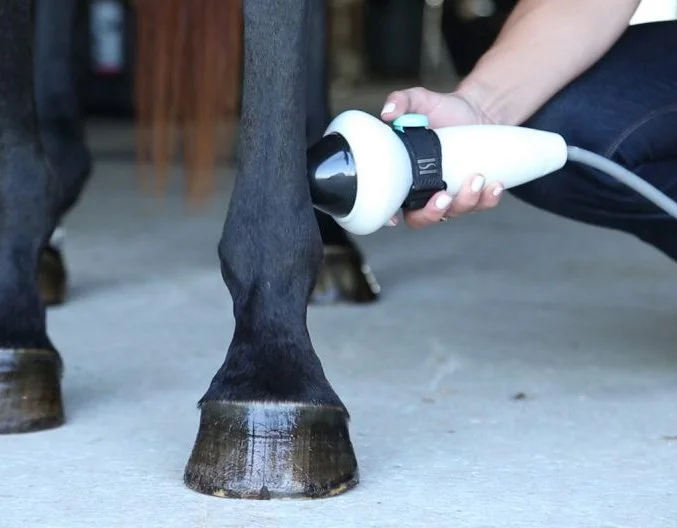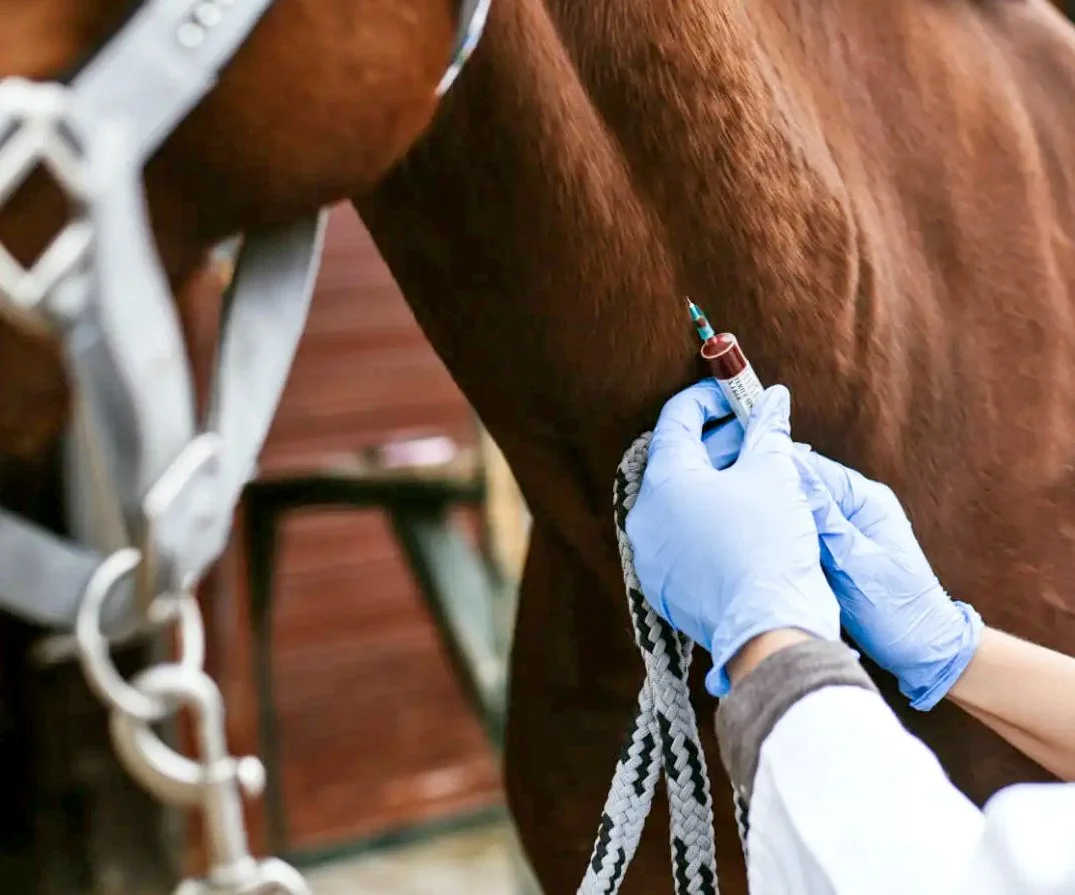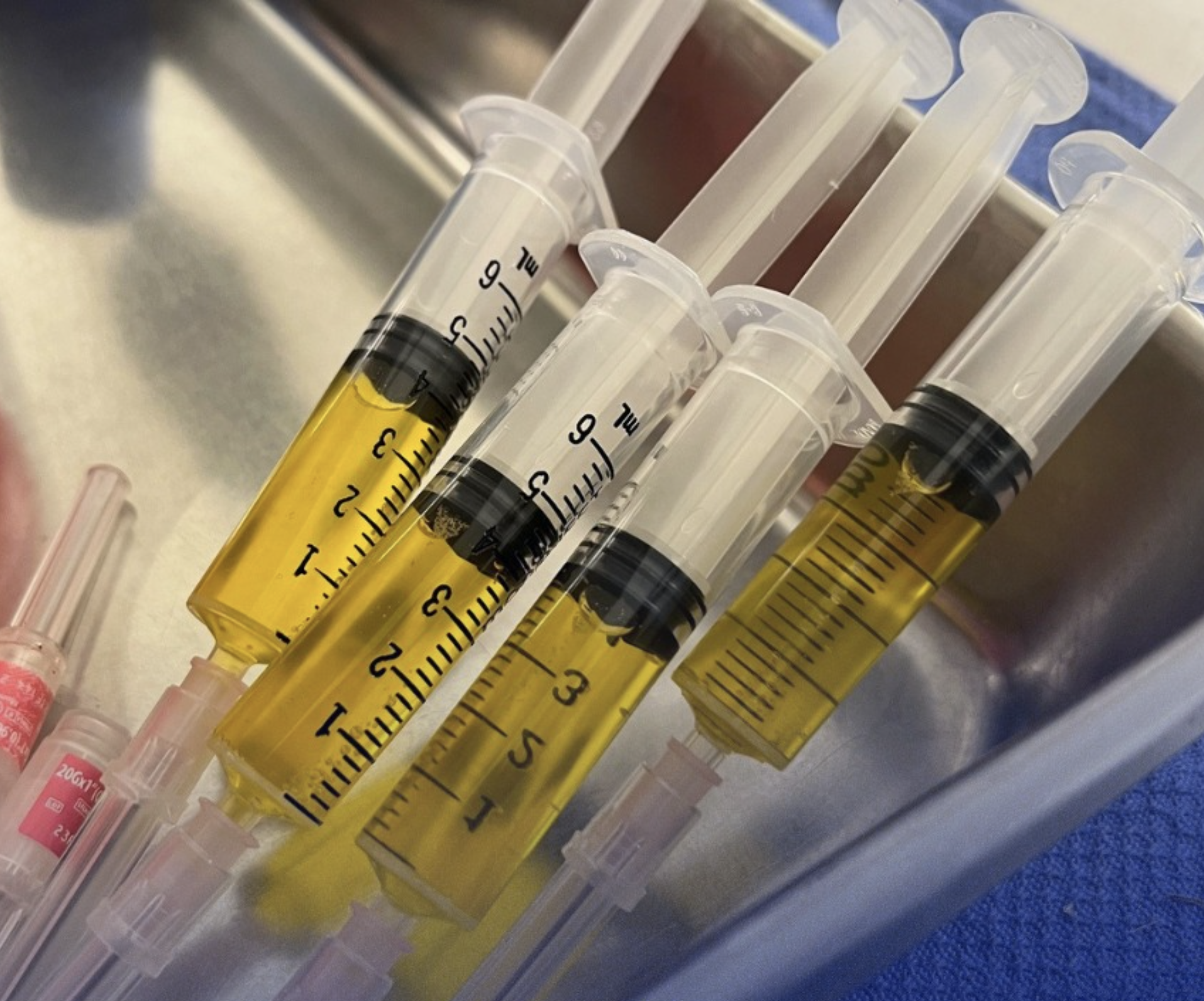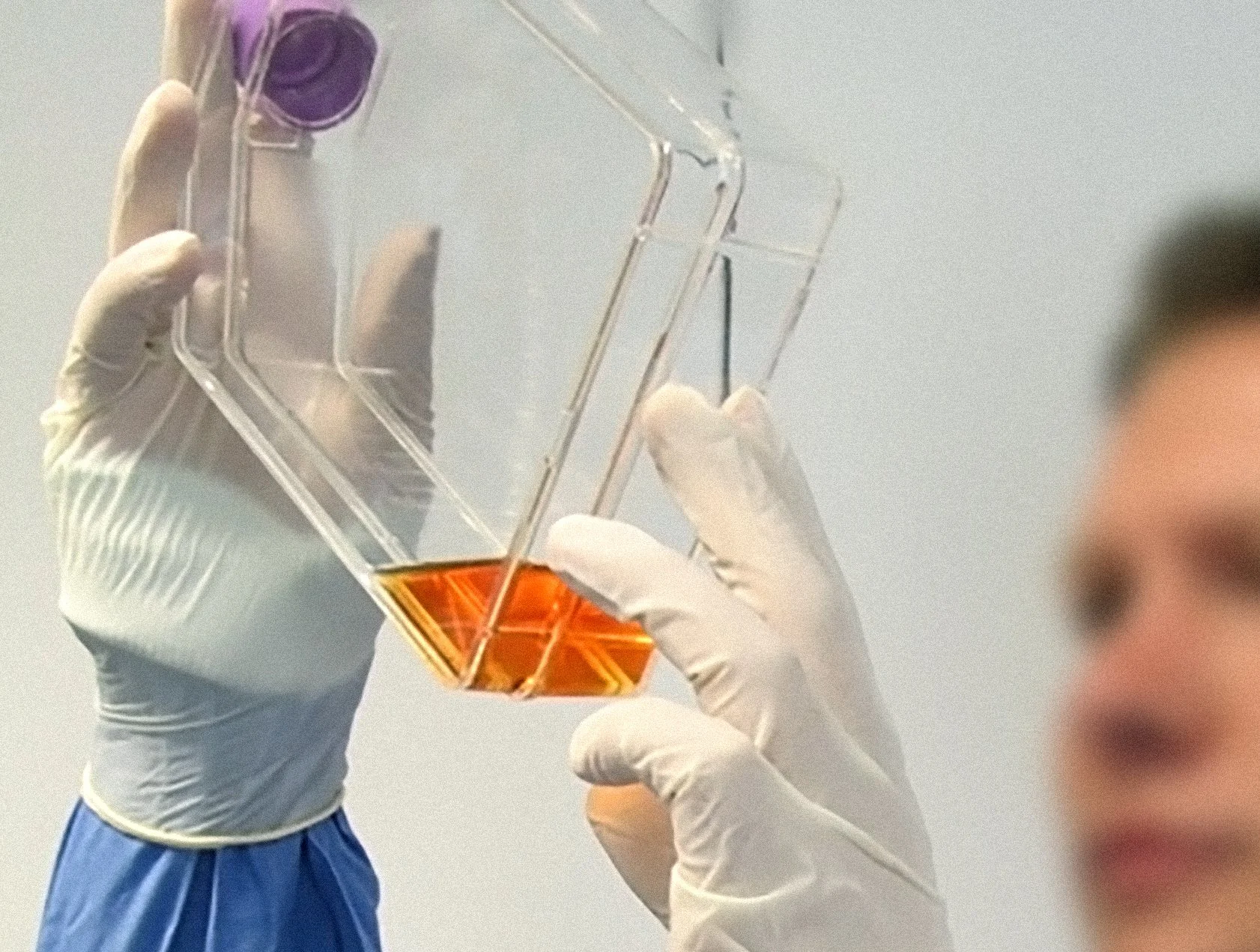Advanced Sports
Medicine Therapies
We understand that the numerous regenerative and gel based therapies available for orthopedic injuries in horses can be overwhelming to owners. That is why we are here – to use our expertise to tailor the therapy to your horse’s specific injury, job, and environment. Our extensive experience treating musculoskeletal injuries in beloved companions to Olympic level athletes allows us to customize a treatment plan to maximize success. We are here to guide you through the process and committed to seeing your horses’s case through to a winning outcome.
Shockwave Therapy
Shockwave therapy delivers high-energy sound waves to targeted areas within the horse's body. These sound waves stimulate blood flow to increase microcirculation and enhance the delivery of oxygen and nutrients to the affected tissues. They also reduce pain and inflammation through the modulation of nerve activity and the release of endorphins. Shockwave therapy is used to treat various musculoskeletal conditions in horses, including tendon and ligament injuries, muscular pain, and arthritic conditions. It is a non-invasive treatment that stimulates healing, reduces pain, and enhances tissue repair in horses, making it a valuable tool for managing a variety of musculoskeletal conditions with minimal complications.
Platelet Rich Plasma
PRP therapy involves collecting a sample of the horse's blood, centrifuging it to concentrate the platelets, and then injecting the platelet-rich portion back into the injured area. The growth factors in the platelets promote healing, tissue regeneration, and a reduction in inflammation. Platelets are particularly useful in tendon and ligament injuries. They can be injected intra-articularly or using ultrasound guidance into a soft tissue lesion. The procedure is relatively straightforward and minimally invasive, often performed under sedation and local anesthesia. While complications are rare, they can include infection at the injection site or a transient increase in lameness. We can perform this procedure stall side.
Alpha2EQ
Alpha-2 macroglobulin (A2M) is a protein used in horses to reduce inflammation and cartilage damage by trapping and binding destructive enzymes within the joint. A2M provides anti-inflammatory effects, promotes tissue healing, and reduces pain in equine joints. A2M is derived from the horse's own blood, processed to concentrate the protein, and injected directly into the affected area. There may be minimal risk of infection at the injection site and a rare chance of an allergic reaction, but complications are generally uncommon.
Stem Cell Therapy
Allogenic stem cell therapy involves using stem cells from a donor horse to treat various conditions in recipient horses. Not only can stem cells reduce inflammation and recruit the body’s own cells to aid in tissue healing, they can also differentiate into chondrocytes and tenocytes to aid with cartilage, tendon and ligament injuries. Allogenic stem cells ensure consistency in the quality of cells being used for treatment. They can be injected intra-articularly, ultrasound guided into a soft tissue lesion, or used in an intravenous regional limb perfusion. Possible complications although rare, include immune reactions or infection at the injection site.
Arthramid
Arthramid is a 2.5% polyacrylamide hydrogel that becomes incorporated in the synovial lining of the joint to stimulate the production of healthier joint fluid and increase range of motion. It is indicated for osteoarthritis, degenerative joint disease, and other joint-related conditions in horses. The hydrogel is injected directly into the affected joint where it integrates with the surrounding tissue. Duration of efficacy is usually longer than regular joint therapies – often lasting 18 months to 2 years. Arthamid provides an effective alternative to the use of corticosteroids which is of particular benefit in horses with Cushing’s disease or Insulin Resistance. Possible complications include infection or mild allergic reactions, but these are generally infrequent.
Noltrex
Noltrex is a 4% polyacrylamide hydrogel used for joint treatment in horses. Due to its concentration, it remains within the joint in between the weight bearing surfaces to provide direct cushion to the articular cartilage. It is particularly useful when full thickness cartilage lesions are present. The hydrogel is injected directly into the joint, where it forms a lubricating layer that lasts for an extended period. Complications may include flare or infection, but these are generally rare.
Spryng
Spryng is an orthopedic biomaterial composed of collagen and elastin primarily used to treat joints in horses. These molecules form a sponge-like micro-cushion that conforms to the synovial space. Spryng can significantly alleviate joint pain and is indicated for conditions such as osteoarthritis and degenerative joint diseases. We are also testing this product for use in tendon lesions to provide a bioscaffold for tendon tissue to organize and form around. The hydrogel is injected aseptically into the affected joint, providing immediate and lasting support to the connective tissues. Potential complications include injection site reactions and infection, although these adverse effects are generally infrequent.
Exosome Therapy
Strydaflex and Regenaflex contain lyophilized exosomes that supply growth factors and anti-inflammatory mediators to promote tissue healing. Exosomes are released into the extracellular environment where they act as the conductors of the healing process – recruiting other beneficial cells to the area of injury, modulating the immune response, and disposing of unwanted cellular components. Strydaflex is injected intra-articularly in horses to help with osteoarthritis and Regenaflex is particularly helpful with chronic suspensory injuries. Complications can sometimes include a transient increase in lameness due to flare but is usually self limiting.








